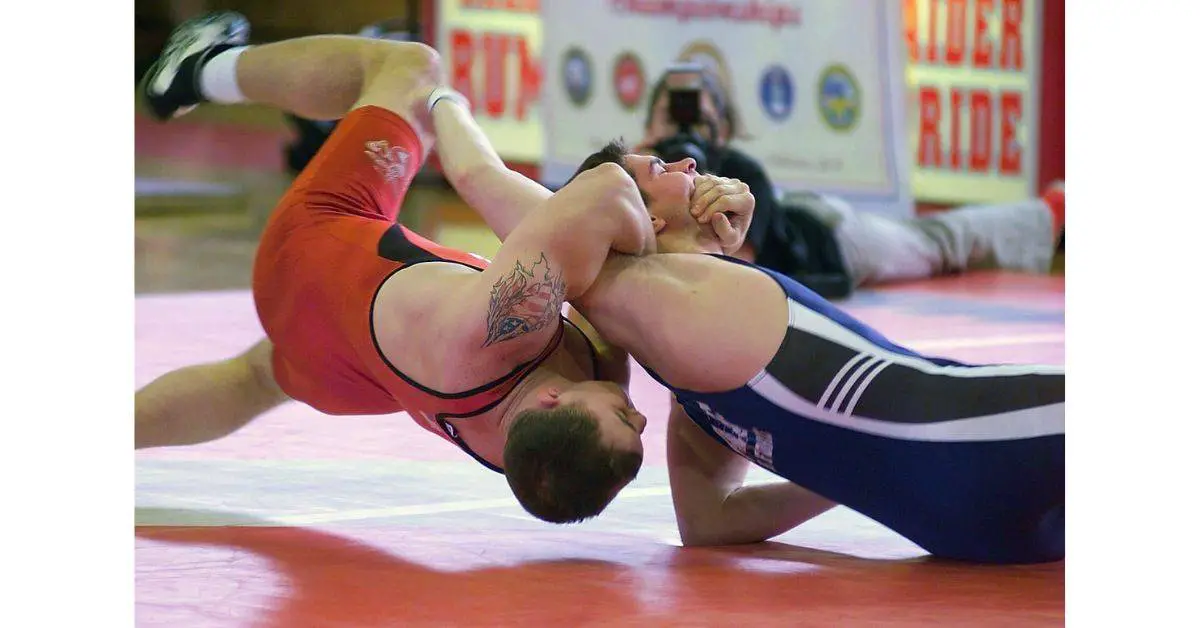Today, martial arts can be the missing piece in your life. However, there are so many, most people get confused before they make a choice. For instance, there’s Sambo and Brazilian Jiu-Jitsu, or BJJ. Let’s examine which one of them you should learn.
While Sambo teaches takedowns, grappling, submissions, kicks, and punches, BJJ is the art of ground grappling. As a result, if you want to learn a more dynamic martial art that includes most fighting techniques, Sambo is more suitable. However, if you want to study ground grappling, BJJ is more suitable.
It all comes down to what you want to learn. Eventually, Sambo and BJJ are both highly effective and practical for self-defense. Moreover, both are applicable to real life situations, such as street fights.
The difference learning one of these martial arts makes in a street fight—is huge. Meaning, if you become proficient in one of these martial arts, you’ll be capable of defending yourself at any given moment.
Toady, self-defense is a skill everyone should learn and understand. If you can defend yourself with your body, nobody will be able to help you if you’re alone. As such, that’s what martial arts teach us.
Nonetheless, While Sambo’s and BJJ’s purposes are similar, their fighting approaches are different. The plausible scenario is that one is more suitable to your desires. As such, it’ll be best if you know and understand both of these fighting styles before you start learning.
Before diving into the article itself, I encourage you to read about why BJJ is suitable for self-defense.
What is BJJ?
The Samurais in Japan wanted to learn how to defend themselves without any weapons. They wanted to prepare for a scenario where they would be afoot and defenseless. As such, it became clear they needed to learn a martial art.
As you may guess, this fighting style was Jiu-Jitsu.
BJJ was born, at first, for Samurais. However, as time went on, more and more people began learning this martial art, as it was exploding in popularity. The primary cause for its rising prevalence was the first UFC event.
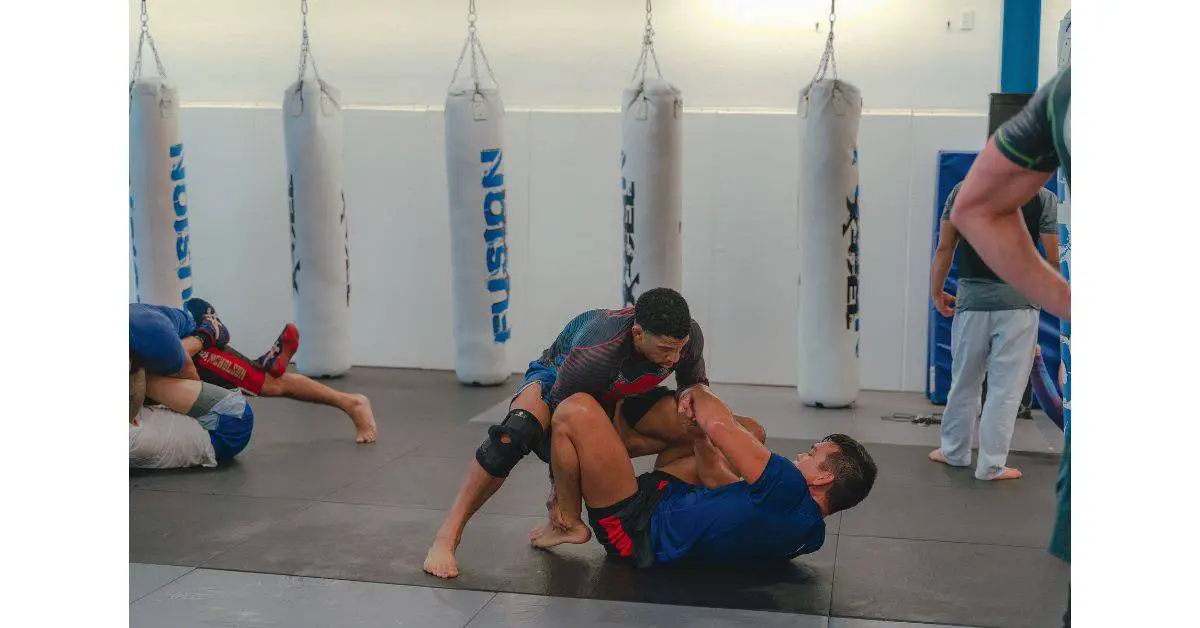
The Gracie family, better known for constructing Gracie Jiu-Jitsu (GJJ), adopted Jiu-Jitsu. They wanted to create the ultimate fighting style, both for self-defense and fighting. So, they created BJJ, which was in its diapers.
The Gracie family announced the first UFC event, and in it, they sent one of their own to show the world its capabilities. As you may guess, the family member who used BJJ ended up winning the event.
Today, all of these events have led BJJ to be one of the most popular martial arts globally.
What is Sambo?
Sambo is a Russian martial art with soviet origins. This martial art was first created by the Soviet military. They needed to teach their soldiers self-defense, and they needed to do that quickly.
Thus, Sambo was born out of a need. That need was to teach others self-defense, at first, it was aimed toward soldiers.
Yet, as time went on, people began recognizing the power it holds. They wanted to try it out for themselves – to see whether they can learn self-defense using it.
So, what does it teach?
Sambo essentially teaches all fighting techniques, including grappling, submissions, takedowns, throws, kicks, punches, elbows, and even knees. As a result, it’s a highly dynamic martial art, with an extremely explosive nature.
Because of its dynamic and explosive nature, more and more trainees began training in it. It seems so effective and practical to outsiders that you can’t help but want to learn it.
Here, take a look for yourself.
Which is better, Sambo or BJJ?
When comparing two martial arts, I must note before giving a straightforward answer; The primary issue with comparing two fighting styles is each provides unique value. As such, it’s like comparing apples and oranges, most people will find one more suitable and others will the opposite.
Now, let me give you a straightforward answer.
Brazilian Jiu-Jitsu is better than Sambo when combined with another martial art. Nonetheless, Sambo includes more fighting techniques, and hence, is more dynamic than the first. As a result, it’ll be more effective than BJJ, which only includes ground grappling.
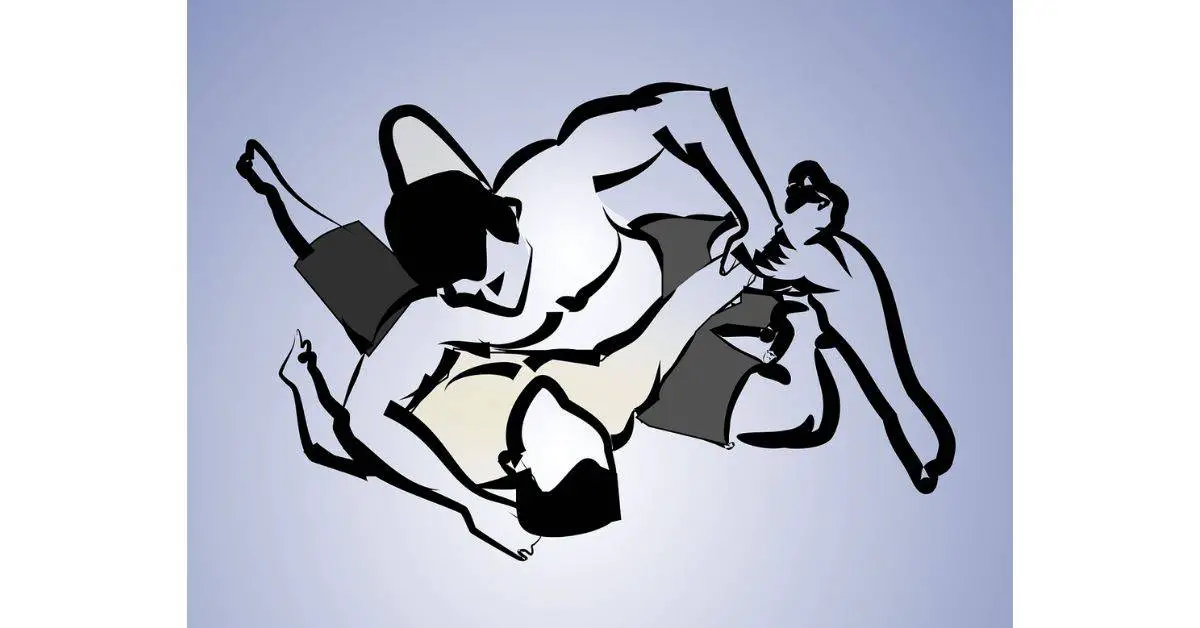
However, other styles of Jiu-Jitsu, such as Gracie Jiu-Jitsu—focus on self-defense. Hence, their training will include various fighting movement, almost as much as Sambo’s. In that case, GJJ is better because it involves more fighting techniques and is more dynamic.
And yet, if we examine the sport that is BJJ, we can conclude that Sambo is, indeed, more practical and applicable to real life. After all, even if you’re a competent ground grappler, a single strike may knock you out. That’s what Sambo teaches, to avoid all types of fighting techniques, including punching and kicking.
To repeat myself, if we discuss the raw interpretation of things, Sambo includes more fighting techniques, and thus is more effective. Additionally, it brings a unique style, allowing its trainees to become capable of adapting to any dangerous situation.
If you want to read about BJJ vs Catch wrestling, follow the link to an article of mine where I further expand upon the topic.
The differences between Sambo and BJJ
Although all martial arts have essentially the same purpose, they all provide unique value. As a result, their fighting approaches will inevitably be different. For example, boxing is the art of punching and Judo is the art of throwing grappling techniques.
So, as you can imagine, Sambo and BJJ are also going to be different, notwithstanding their purpose, which is the same: to teach others how to fight appropriately.
Although Sambo was originally designed for the military, it has the same purpose of that of BJJ, which was constructed for Samurais; both fighting styles teach other people self-defense.
As time passed, martial arts became more of a way to better yourself while learning how to fight fiercely. So, the end goal became a by-product.
Now, let’s dive into the differences between Brazilian Jiu-Jitsu and Sambo. Knowing these will help you to choose between the two if you’re struggling to make a decision.
#4 – Explosiveness
The first difference we’ll discuss—is the explosive nature of both martial arts. Because I’ve listed it in the differences section, you can guess that one is explosive, and the other isn’t. So, let’s examine our case and see for ourselves.
Sambo is more explosive than BJJ, which is known for its elegance and more complicated movements. As a result, you can use this explosive nature you learn to finish an opponent quickly by being unexpected and rushed.
And still, although BJJ isn’t as explosive, it does include various exercises that better your ability to go all-in on the opponent. Most of these exercises will include some sparring, or better known as rolling. These will boost your progress more than any other training technique.
Finally, for self-defense, it’ll help if you have the physical capabilities of going all-in. Consequently, you’ll be able to finish opponent much faster. Moreover, your chances of coming out on top will naturally increase, as you can put out more force in less time, a beneficial trait for any fighter.
#3 – Clothing
The second difference is one that shouldn’t influence your decisions as much as the other ones. However, it still is, a difference.
In short, the clothing you wear in Sambo is different from the one you do on BJJ. Of course, that’s because their origins are different, which is up next.
In Brazilian Jiu-Jitsu, there are two types of fighting classes, using a Gi or no-Gi. Gi is the piece of clothing that people used when the fighting style was in its diapers. And today, martial arts dojos use it in their Jiu-Jitsu classes.
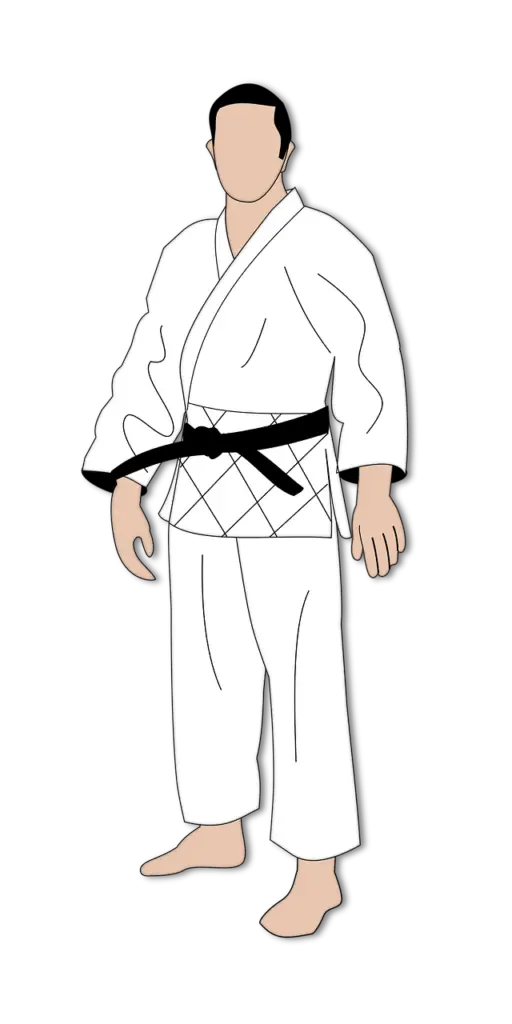
If you want to read more about Gi, and which one you should buy, follow the links!
On the other hand, Sambo’s clothing is called Kurtka, which is a comfortable piece of clothing that is similar to what you wear in catch wrestling.
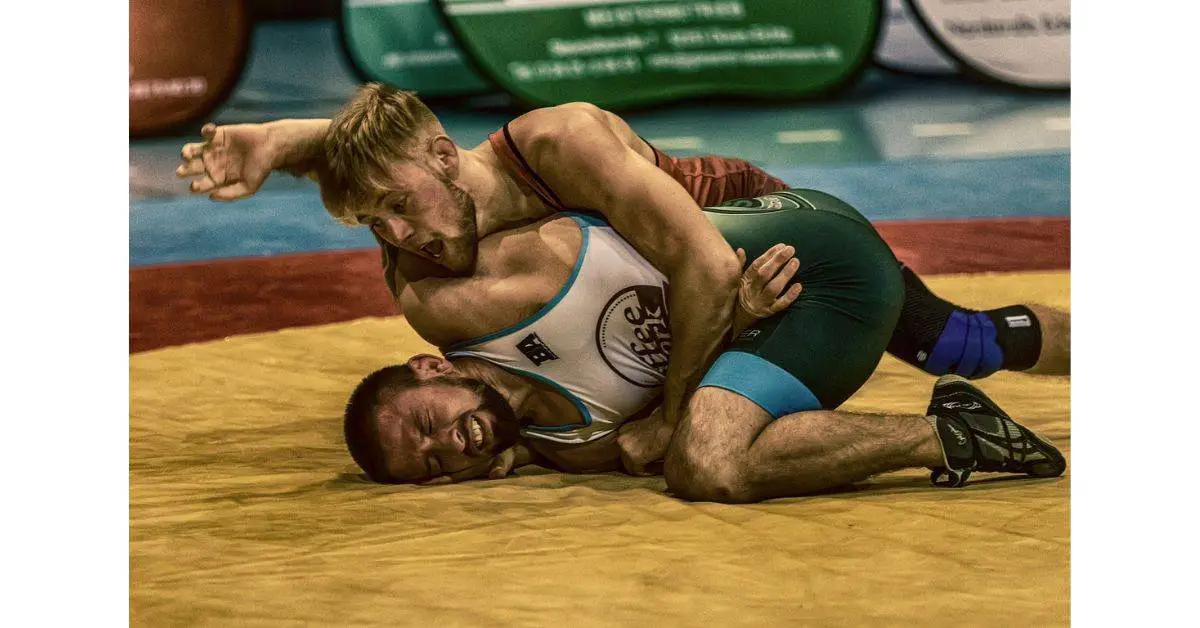
While these shouldn’t influence your decision-making process as much as the other different traits, it’ll be best if you know it, as you’ll understand the two martial arts better.
#2 – Origin
The next difference we’ll discuss is the origin of the two martial arts. However, you may think, why does the origin need to bother me as much? Or, why do I need to care where the martial art came from?
To answer that, I want to emphasize how knowing more about martial arts can bring you to a position where you choose a more suitable one. As a result, you’re more likely to stay consistent and dedicated; hence, make a deeper connection with the style you’re learning.
First, BJJ is a martial art that originates from Japan. The Samurais adopted and redesigned it to be suitable to their needs. Eventually, the Gracie family picked it up and evolved it into the martial art that it is today. If I didn’t previously mention, it’s extremely effective for self-defense.
Sambo originates from Russian. The Soviet army adopted it to teach its soldiers self-defense quickly. Essentially, it provided a quick and straightforward way for the military to have soldiers who know to defend and attack with their bodies.
Of course, the fact that a fighting style is from a certain country shouldn’t influence your decision-making process as much as the other differences. And yet, if you want to create a deeper connection with the martial art you’re learning, it’s crucial you know where it came from.
#1 – Fighting techniques
The last difference is also the most crucial one. The fighting techniques each martial art teaches are broadly different. Therefore, this can be the metric you need to decide which of them you’ll learn.
Now, let’s start with Sambo. It’s a martial art that teaches various groups of fighting techniques, primarily grappling, takedowns, and throws. Nevertheless, it also teaches striking, kicking, elbowing, and kneeing, which are a part of striking and kicking.
Because of that, its trainees become capable of defending themselves in many dangerous situations, especially street fights. Don’t forget that its initial roots started in the Soviet military, which evolved it into what it is today.
Nonetheless, Brazilian Jiu-Jitsu is an entirely different.story. BJJ is the art of a single group of fighting techniques, ground grappling. This group of movements—is the most effective in the world of martial arts.
Whether you end up on your back or on top of your opponent, you can use ground grappling to end the fight in seconds. BJJ has evolved to such a situation where it’s no longer a question of your position. Instead, it’s built in a way where you can use it regardless of your size or position.
For instance, executing the triangle choke—happens when the trainee is on his back. As a result, the trainee can use it to finish a fight in seconds, even while being at what looks to be a disadvantage. Take a look for yourself.
The similarities between BJJ and Sambo
Thus far, we’ve discussed the differences between the two martial arts. So, as a result, it’s time we move on to what makes them alike. Of course, knowing what makes them different is crucial to your decision-making process.
And still, as I’ve previously mentioned, it’s crucial you know the martial art you learn as deeply as possible. That way, you’ll make a connection with it and ensure you remain consistent and dedicated.
Before diving into the similar traits, I encourage you to read an article of mine on the benefits of learning martial arts. If you’re on the edge of starting your first session, this may be the only motivation source you’ll need. Go ahead and read it!
#2 – Purpose
The first similarity, also the most important one to know—is their purpose. Although they have different fighting approaches, they both exist for the same reason.
When the Samurais wanted to learn how to defend themselves, they redesigned BJJ. The same applies to the Gracie family.
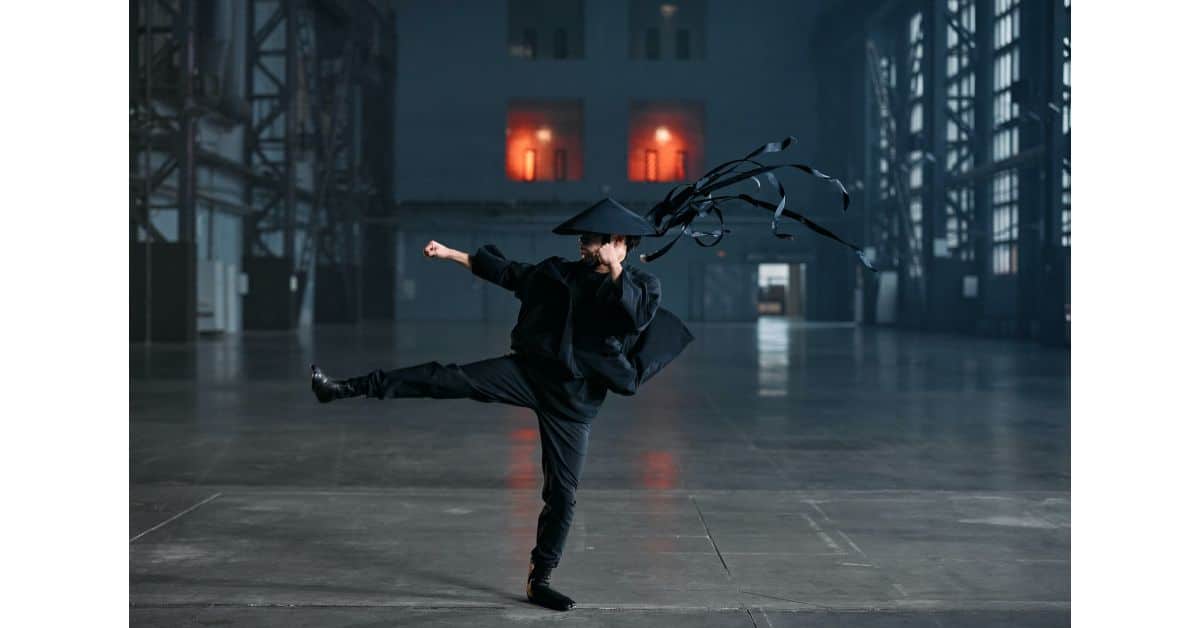
When the Soviet army wanted to teach its operator self-defense, they went with Sambo. Eventually, most martial arts exist for the same reason, the same purpose – to teach people how to fight fiercely.
It’s a no-brainer to understand that the Samurais wanted to know self-defense because it was their line of work. Moreover, the Soviet soldiers needed to learn how to defend themselves if they ever got into a pickle.
Today, learning how to fight isn’t just about learning how to fight. Instead, martial arts became a source for self-improvement, as they provide countless mental and physical benefits, such as increased confidence and self-esteem.
#1 – Effectiveness
The second and last similarity between the two martial arts is their effectiveness. Eventually, because their purpose is to teach other people self-defense, they’ll naturally teach effective fighting techniques.
Of course, what they teach can be different from one another. However, if you’ve seen these fighting styles in action, you know how effective they are. Both of them can finish a fight in seconds.
As such, if you ever notice yourself wanting to learn an effective martial art, you can refer to both of them.
Nonetheless, the benefits and similarities I mentioned in this article will help you in choosing which one to learn. If, for example, you want to study the more dynamic martial art, Sambo may be more suitable. However, if ground grappling seems like your style, go with BJJ.
It’s all a matter of matching your desires to the decision.
Which is better for self-defense, BJJ or Sambo?
When discussing self-defense, it’s important to note that all martial arts will eventually be suitable for fighting purposes. Today, the best way to learn how to fight fiercely is to learn a martial art.
For self-defense, BJJ is better than Sambo because it teaches its trainees how to end a fight in a few seconds. Additionally, what it teaches is more applicable to dangerous real life situations. For example, cops learn how to grapple people whom they arrest.
Nevertheless, Sambo’s purpose is to teach others how to defend themselves. As a result, it’ll naturally teach effective movements, And, its dynamic and explosive nature are more than enough for disabling an opponent with ease.
Should you learn Sambo or BJJ?
The fighting style you decide to learn says plenty about you. For example, if you decide to practice the art of Tai chi, you most likely want to reduce your stress levels. However, if you take a Krav Maga course, you want to learn real-life self-defense. So, should you learn Sambo or BJJ?
You should learn BJJ if you want to learn a single group of fighting techniques, which is ground grappling. If, however, you want to study a versatile martial art that teaches a broad spectrum of fighting techniques, including striking and grappling, Sambo is your choice.
After all, both fighting styles will be suitable and applicable to self-defense. So now, you need to think on which martial art you’re more likely to keep up with your training schedule.
If you think you won’t stay consistent with Sambo, learn BJJ; The opposite is true as well.
Which is easier to learn, BJJ or Sambo?
Before we dive into the comparison of our fighting styles, I want to emphasize that learning any martial art is difficult. Let’s return to my favorite example, Tai chi. While it doesn’t provide as much physical intensity as other ones, you’ll find it extremely hard to stay consistent with it.
Learning BJJ is easier than learning Sambo because it’s more intuitive and includes more fighting techniques. And still, learning Brazilian Jiu-Jitsu can be more challenging for some, as it is not as intuitive. However, because Sambo also includes punching and kicking with grappling, it’ll take more time to learn.
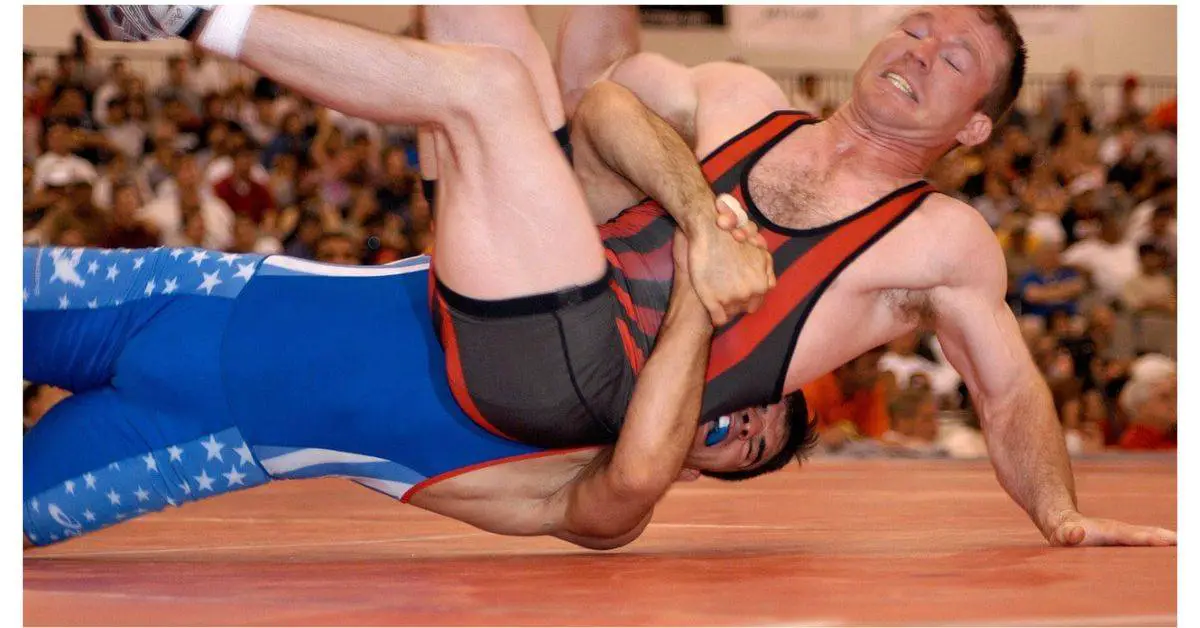
Again, learning all martial arts, especially BJJ and Sambo—is difficult. I would even go as far and say that both belong at the top of the hardest martial arts to learn, as they’re not as intuitive as you may think.
As such, in the beginning, you’ll find it more difficult to learn and become capable to use what you learn in real life. However, as you’ll attend more and more training sessions, you’ll inevitably get better.
So, remain consistent and dedicated to training, and everything else will fall into its place.
If you want to save money by training BJJ at home, follow the link to an article of mine on the topic.
Is Sambo effective?
As you may have realized already, I’m a big fan of Sambo. The amount of positive impact it had on the world—is astounding to me. If you’re on the verge of starting your journey, I have no doubts you’ll greatly benefit from it, and that you should start as soon as possible.
Sambo is an effective martial art because it teaches practical fighting techniques, primarily grappling and striking. Combining the two results in a dynamic and applicable fighting style for real life. That’s why the Soviet army teaches its soldiers Sambo; it’s an effective and a straightforward style.
Learning any type of martial art will most likely lead to positive results when looking at the effectiveness. After everything is said and done, their goal is to teach others self-defense. Consequently, it does so by teaching people practical techniques, which is what Sambo does best!
If you enjoyed reading this topic, I encourage you to read about the deadliest, most effective martial arts globally. Truly, one of the more interesting topic I wrote about.
Final words
To end this article, I want to emphasize my appreciation for both BJJ and Sambo. The amount of people they’ve influence—is remarkable. I mean, people have changed their lives and themselves by being a part of this growing community.
Both Sambo and BJJ are effective and practical martial arts that you can learn. As a result, if you decide to do so, you’ll be reaping countless mental and physical benefits, such as increased confidence, better self-esteem, and improved physical shape.
That’s why I encourage you to read another article I wrote about the physical benefits of BJJ. If you have the slightest interest in learning more about Jiu-Jitsu and why it’s so addictive, follow one of the links!

